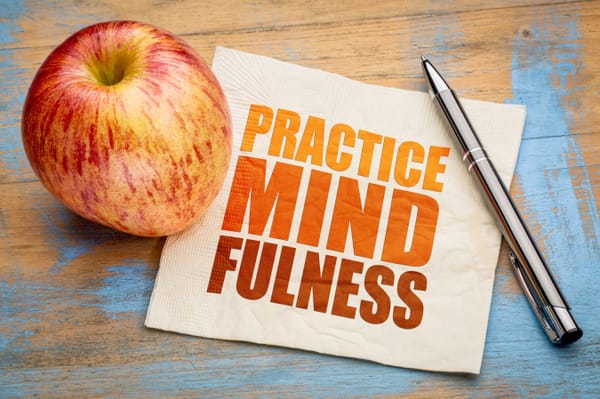Ergonomic Workspaces Protect Your Health and Your Career’s Longevity
Wendy Van Camp
As authors, we navigate the landscape of our imagination, but at the helm of our adventures is an often-unacknowledged force: the ergonomics of our writing space. Even if it doesn’t seem to matter much in the short-term, the setup we choose can shape the contours of our literary endeavors over time. Developing habits to promote personal productivity and prevent repetitive work damage leads to better health and well-being, whatever your chosen workspace.
Cozy Writing Spot
Standard desk ergonomics should always apply to your writing spot, be it a home office, a tidy corner in your home, or a café table. My writing place is a home office with an L-shaped desk that has a pull-out shelf to hold my keyboard. I keep a ninety-degree elbow angle with my keyboard and mouse as I work. My chair keeps my feet on the floor and my body supported. A good pair of investments are a lumbar support pillow for the back and a coccyx cushion to help with spine alignment. I also have my monitor raised to eye level to help keep my back straight.
I use a mechanical keyboard with an ergonomic mouse when I write, and when I am not typing, I take my hands from the keyboard and rest my elbow on my armrests to prevent carpal tunnel and keep pressure off my wrists. Since I leave my hand on my mouse most of the time, I prefer a wrist rest paired with my device. If you are a writer who tends to leave your hands on the keyboard as you think, you might benefit from a wrist rest—though use it sparingly.
Some authors prefer to write in a café or in other locations away from home. Even if you don’t have total control of the environment where you work, there are small steps you can take to still protect your well-being as you write. When I write at my local café, I bring a foldable laptop riser to elevate my laptop’s screen to eye level and bring a separate keyboard so I can find a good typing height. It is never perfect, but I find the change of scene to be beneficial, especially when I’m drafting a new story or composing poetry.
I do not write on a couch, the floor, or a bed, but many writers do. It can be difficult to find an ergonomic position in such places; however, a lap desk that elevates your writing machine from your lap to slightly above waist level could be of use in these circumstances.
Pro Tip: A mechanical keyboard can improve your accuracy and typing speed thanks to the comfortable feel of the key travel. The clicking sound it produces also may help you get into the writing zone faster.
Motion in Prose
Most able-bodied adults should aim to walk at least ten thousand steps per day, according to the Centers for Disease Control and Prevention. As writers, we typically remain seated at our desks as we work. While many of us can incorporate a walk once a day, either at lunch or around dinner time, developing a habit of additional steps as you write can lead to better health. Using a standing desk can get you on your feet for part of the day and allow you to shift back to the seated position as needed. You can also develop a set of habits that allow you to get up from your desk regularly and move through your home. The point is to shift and change your position to help your body combat repetitive movement and avoid staying in the same place for too long.
One way to build a habit of movement into your day is to use the Pomodoro Technique. Set a timer to write for twenty-five minutes, then take a brief break to stand and move around before returning to your desk. These breaks are a great time to walk through your home to get a bottle of water or simply refresh your vision. A stroll away from your screen also helps to combat eye strain. It can refresh your mental clarity and return you to your story with a new vision.
Write Gear, Boost Craft
Creating a healthy writing environment doesn’t have to mean a massive redesign; even just incorporating a few small tools to your toolkit can help protect your physical well-being. Over the years, I’ve added a few items to my writing space to help make my life easier.
Blue-light blocking glasses: Your computer screen emits a blue light, which can cause eyestrain. Some writers put a screen filter on their monitor or wear filtered glasses. Some computers and tablets allow you to shut off blue light altogether. Eye drops are another good way to keep headaches at bay.
Analog bullet journal: One way I get my eyes off screen is to track my tasks via a paper bullet journal. I have mine resting on an artist’s easel, so I can glance at my journal without bending over my desk.
Laptop riser: When writing with your laptop, use a regular keyboard instead of the built-in keyboard for long-term writing. A laptop riser will bring your screen to the proper eye level as you work.
Wendy Van Camp











